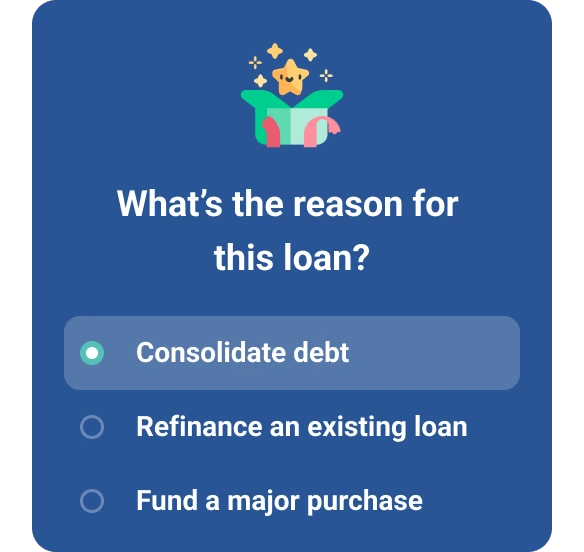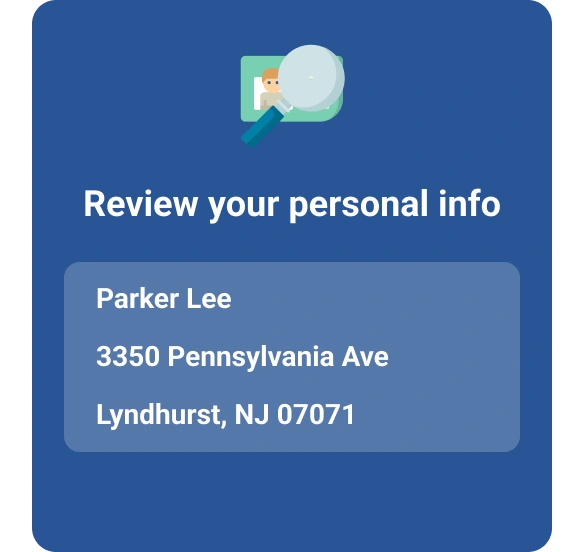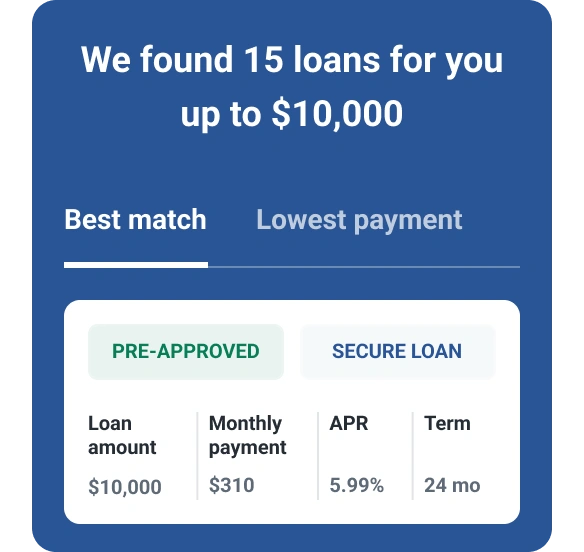What’s the Largest Personal Loan I Can Get?
Quick Answer
The largest personal loan available is about $100,000. Many lenders limit borrowing to less than that, however, and the maximum you can borrow is typically impacted by your income and debt obligations.

The largest personal loan you can get is generally $100,000, with a handful of lenders offering loans of this size. But many lenders have maximum loan amounts between $40,000 and $50,000. Even if a lender does offer very large loans, you may be approved for a lower amount than the lender's maximum based on your income, credit score and other factors.
It's important to understand just what you're signing up for when you get a large personal loan. With interest rates set to keep rising through 2022, the cost to take out a loan this year may be higher than last year. Here are the key points to know about large personal loans before moving forward with your application.
What's the Largest Amount of Money You Can Borrow With a Personal Loan?
The largest amount a lender will allow you to borrow is around $100,000, which some online lenders and traditional banks offer as their maximum personal loan amount.
A more common borrowing limit is $50,000, which Navy Federal Credit Union and TD Bank all list as their maximum. Still other lenders and lending platforms limit personal loan balances to $40,000. The average personal loan balance in 2021 was $17,064, according to recent Experian data.
The smallest personal loan you can get is typically $1,000 or more. Some lenders require you to borrow $5,000 or even $10,000 at the minimum. If you're interested in a smaller loan, credit unions may be a strong option, especially since they offer payday alternative loans in amounts up to $1,000 or $2,000. You may also choose to take advantage of a 0% intro APR credit card offer if you need to finance a purchase.
Pros and Cons of a Large Personal Loan
While a large loan gives you a wider variety of options for its use, it will also mean more debt and a higher debt-to-income ratio (DTI), which can negatively affect your credit score. If you're in the market for a large personal loan, consider these benefits and drawbacks.
| Pros | Cons |
|---|---|
| More flexibility to pay for medical costs or critical home maintenance that could otherwise rack up credit card interest or deplete your emergency fund | More potential to go into debt for less worthwhile reasons, such as paying for a vacation, and when other options may be better, such as when financing a car or education |
| The ability to combine more credit card balances into a debt consolidation loan, which could save you money on interest | Increased DTI, which can impact your credit and your ability to qualify for other loans or credit cards |
| The opportunity to build up positive payment history on your credit report, which can improve your credit score | Potentially higher monthly payments, which can be difficult to work into your budget and put you at risk of missed or late payments |
Alternatives to a Personal Loan
When you're looking to borrow up to $100,000, there are alternatives to personal loans worth considering.
Home equity loans and home equity lines of credit (HELOCs) allow you to use your home as collateral for borrowing. That can be risky, as there's a possibility you could lose your home if you can't repay the debt, but borrowing limits can be high. For example, you may be able to get a home equity loan for up to 75% or 85% of your home's current equity, or a HELOC for 60% to 85% of your home's value minus any mortgage balance.
Let's take a HELOC as an example. On a home valued at $300,000 with $125,000 left on the mortgage, that could mean qualifying for a line of credit of up to $148,750. What's more, with a HELOC, you don't have to make purchases up to that amount. The line of credit is there for you for a set amount of time—usually 10 years. Your interest rate will likely be variable.
The Bottom Line
Using Experian's loan comparison tool can be a helpful resource to compare maximum personal loan amounts across lenders. But other factors besides the potential loan balance are key to look into.
As you would before doing any type of borrowing, check the true cost of any personal loan over time before committing. That includes any origination, prepayment or late fees; the APR; and the monthly payment based on the repayment term you've chosen. Personal loans typically come with a fixed interest rate and monthly payment, but if the rate is variable, check how often it could change. A little investigation goes a long way toward making sure your choice of personal loan will most benefit you.
Need a personal loan?
Whether you're looking to eliminate debt or access cash fast, compare personal loan offers matched to your credit profile.
Start now for freeAbout the author
Brianna McGurran is a freelance journalist and writing teacher based in Brooklyn, New York. Most recently, she was a staff writer and spokesperson at the personal finance website NerdWallet, where she wrote "Ask Brianna," a financial advice column syndicated by the Associated Press.
Read more from Brianna

